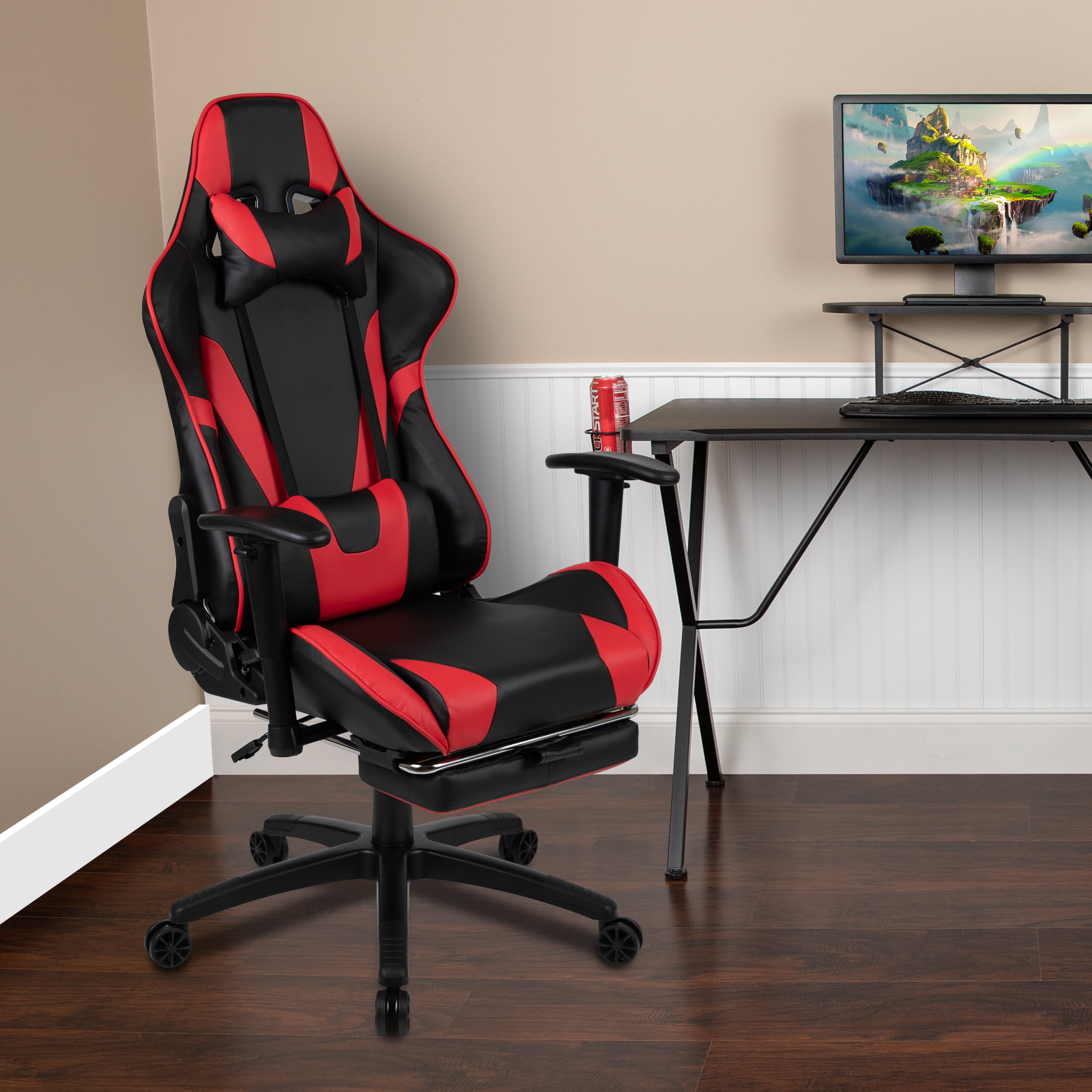Factors Beyond the Chair Itself: Best Chair For Laptop Use

Let’s face it, even the most gloriously ergonomic chair is fighting a losing battle if the rest of your workspace is a disaster zone. Think of it like this: a Ferrari is useless if you’re trying to drive it through a swamp. Your chair is only one piece of the ergonomic puzzle; getting the whole picture right is key to avoiding that hunched-over, “I’ve aged 20 years in one workday” feeling.
The truth is, your chair’s effectiveness hinges heavily on the supporting cast of your desk setup. A mismatch between your chair and desk height, for example, is a recipe for back pain. Similarly, a poorly positioned monitor or keyboard can negate the benefits of even the most expensive ergonomic chair. It’s all interconnected, like a well-oiled (or, ideally, not-at-all-oily) machine.
Desk Setup’s Impact on Posture and Comfort, Best chair for laptop use
Proper desk setup is the unsung hero of comfortable computing. Imagine this: your desk is too high. You’re constantly reaching up, straining your shoulders and neck. Conversely, a desk that’s too low forces you to hunch over, crushing your spine and potentially leading to carpal tunnel syndrome. The ideal desk height allows your elbows to rest comfortably at a 90-degree angle while typing, with your feet flat on the floor. This seemingly simple adjustment can make a world of difference. Monitor placement is equally crucial. Positioning the screen too low leads to neck strain, while placing it too far away causes eye strain. Aim for the top of the screen to be roughly at eye level, minimizing the need to crane your neck. Finally, the keyboard should be positioned so your wrists are straight and relaxed. Avoid awkward angles and bending, which can lead to tendonitis and other repetitive strain injuries. Think of it as setting the stage for your body to perform at its best.
Maintaining Good Posture During Extended Laptop Use
Even with the perfect chair and desk, prolonged laptop use can wreak havoc on your posture. The solution isn’t just about the chair, but about conscious effort. Regularly stand up, stretch, and move around. Think of it as a mini-workout for your back. Consider using a laptop stand to raise the screen to eye level, reducing neck strain. An external keyboard and mouse also allow for better posture than using the laptop’s built-in options. Imagine your body is a finely tuned instrument, and regular breaks are the tuning. Remember the power of micro-adjustments throughout the day – sit up straight, roll your shoulders back, and take deep breaths. These small acts add up to big changes in comfort and posture. Don’t underestimate the power of mindful posture adjustments throughout your workday.
